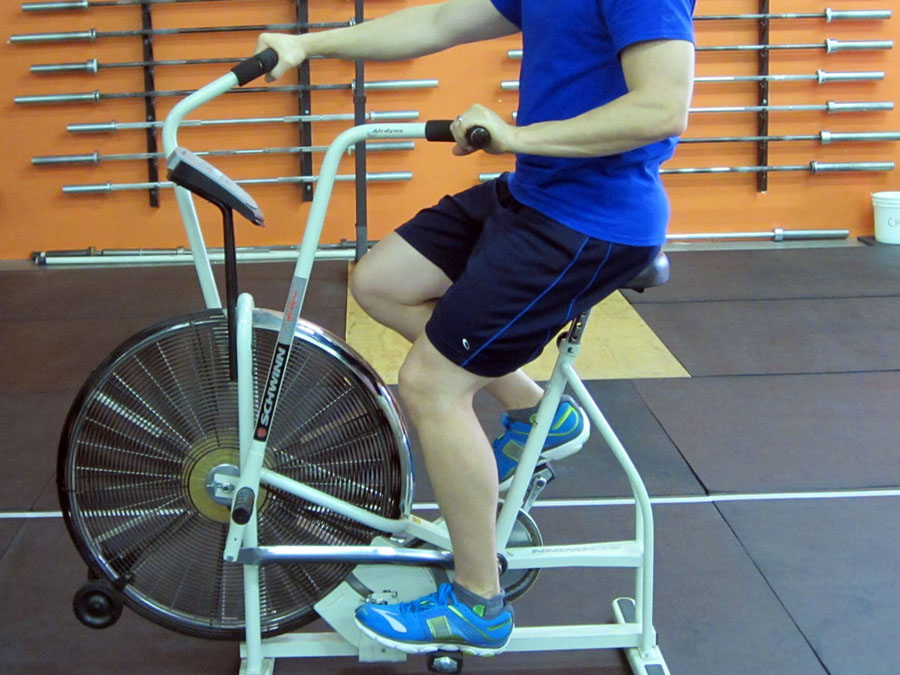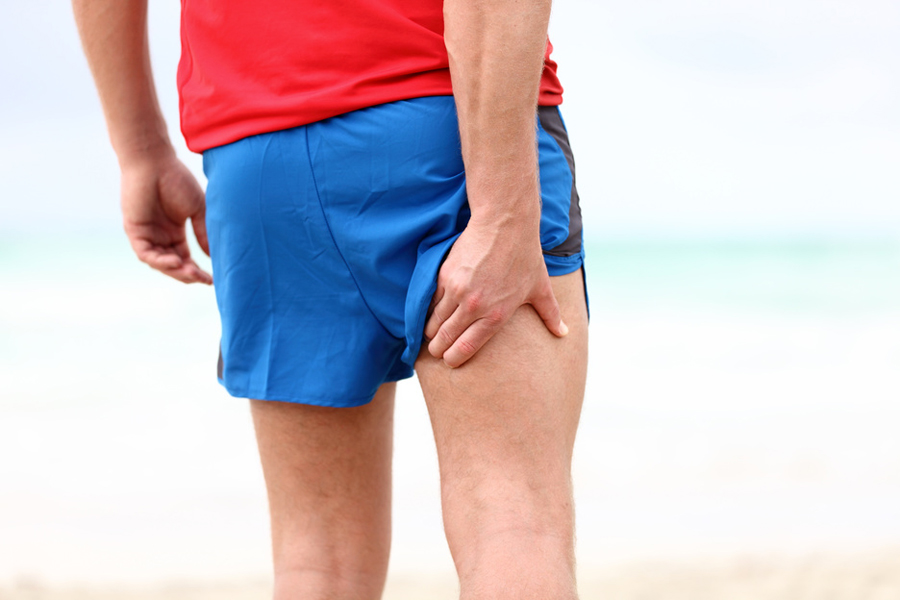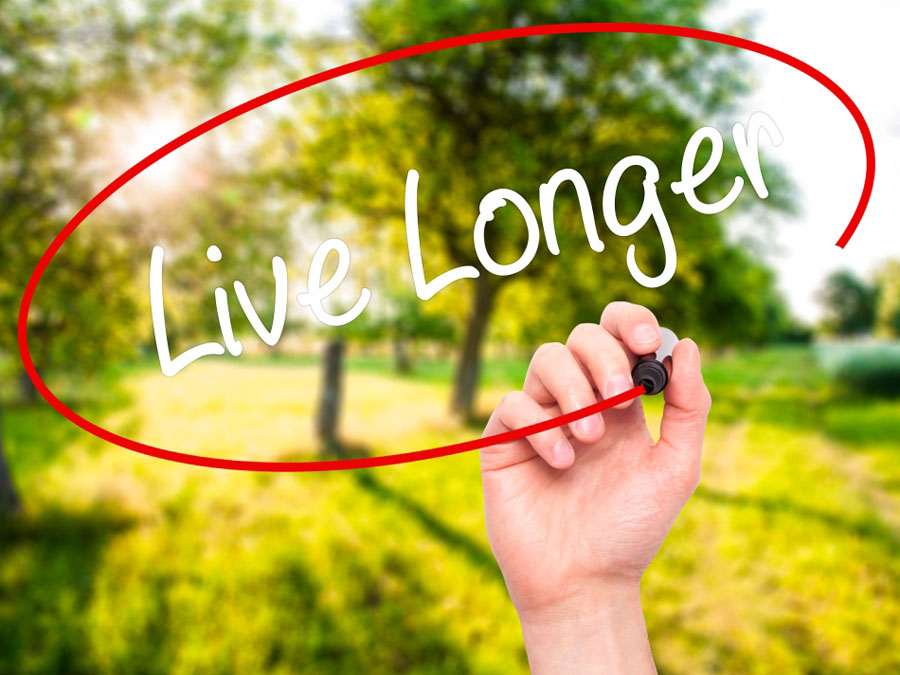Knee pain affects almost every single person at some point in their lives. From sprains, to cartilage issues, all the way through to posture-related injuries and muscle tears, knee pain seems to play a role in the sometimes debilitating struggle for a pain-free life. We understand how the nagging, irritating, and oftentimes overwhelming pain in your knee affects your day-to-day activities, not to mention your social life, and that’s why this post is all about knee pain: what it is, why it is, and what can be done about it.

When it comes to knee pain, few people really understand its origins. This is not least because of the complex structure of the knee joint and its position in the body. In fact, the knee is one of the most important body parts. Why? Well, it not only grants the lower leg an immense amount of flexibility, but it also support and maintains the mobility of the upper leg and, finally, the torso and entire upper body. In other words, the knee is an invaluable part of the body’s mobility and stability.
It is no wonder, then, that the knee joint is also the site where most of the body’s pressures and strains accumulate. From walking, to running, and even to standing, the knee is subject to an incomprehensible amount of daily pounding and weight. In truth, your knees withstand more strain than you know, and without their resilience you would probably be far less mobile. Which is why, of course, knee pain is so debilitating.
As a knee experiences the constant pressure and strain placed on it by our everyday activities, it gradually starts to experience wear-and-tear, that is, muscles lose their strength and the cartilage is subsequently placed under more and more stress – hence, the pain. Quite often, if this state of affairs isn’t appropriately addressed, the cartilage might give way or tear, leading to serious injuries requiring surgery, or worse still, a complete knee replacement. Amongst these rather alarming injuries are the likes of ACL injuries, knee fractures, dislocations, PCL injuries, tears, popping, swelling, tendon injury, knee cap dislocations, and a myriad more – and, if the names don’t scare you, the pain will.
In lieu of this, it is easy to see why the maintenance of a healthy knee joint is vital. Unfortunately, however, many people already suffering from knee pain turn to temporary solutions for comfort: from painkillers, to surgery, and all the way around to injections and rest, people just aren’t taking action. The issue with pain in the knee joint is that rest and procrastination, not to mention tablets, only make things worse – as you know, the pain often only increases if you try to wait it out, and in the end you’re left with an even longer road to recovery. Yet, in a world where there is so much conflicting information, what can you do? Where do you turn? And how can you get rid of this pain?
Luckily, there are ways to combat knee pain and, in many cases, totally eradicate your daily discomfort, thus getting you back to the activities you love. Take a look:
Exercise – All Things in Moderation
We know you might be active, love golf, running, and sports. Maybe you just like walking and enjoy being outside. The good news is, activity and mobility are sure-fire ways of fast-tracking your journey to a pain-free life. Importantly, however, you need to be very sure that the exercises you do are moderate, low-impact, and do not place unnecessary or damaging strain on your knee. Movement is key… but, in moderation.
That having been said, try doing exercises that strengthen your knee as well as give it extra motion. Straight leg raises, whereby the leg is slowly lifted to extend the knee joint, are really helpful. Try leg presses and balancing exercises to increase the flexibility and strength of the knee joint. In addition, why not try cycling? Riding a bike is a low-impact form of exercise and is incredibly beneficial for strengthening the muscles around the knee joint. It’s all about support: find activities that support your knee so as to get you moving and feeling stronger… all in preparation for those things you long to get back to doing.
Physical Therapy
While increasing the amount of low-impact physical activity you do is helpful, the best and most effective way of eliminating your knee pain – fast and safely – is physical therapy. A professional, hands-on physical therapist is able to diagnose and treat the root-case of your problem, thereby offering you a permanent solution to your knee-pain. And not only that, physical therapy gives you a set of tailor-made exercises and stretches you can do at home; this means that your road to health doesn’t stop when you leave the PT room – you’ll be able to maintain your pain-free life well beyond your physical therapy sessions. Physical therapy is so much more than just a temporary mask for your pain: it’s about your health and your happiness.
Physical therapy gives you the opportunity to restore functionality in your knee, the tools to help rebuild and strengthen muscles, and the comfort of knowing that the range of motion in your knee is being systematically increased.
Don’t let knee-pain ruin even one more day of your life. It’s time to get back to that golf game you’ve been dying to play, that yoga class that’s been in the back of your mind for weeks, and the training for that marathon you’ve waited forever to run. Knee pain is terrible, but there are solutions. To learn more about physical therapists or find one in your area, visit the American Physical Therapy Association (APTA).
If you have a question that you would like featured in an upcoming blog post, please comment below or submit your question to contact@thePhysicalTherapyAdvisor.com. In case you haven’t already, be sure to subscribe to my e-mail list and YouTube channel as well as join our community on Facebook by liking The Physical Therapy Advisor!










